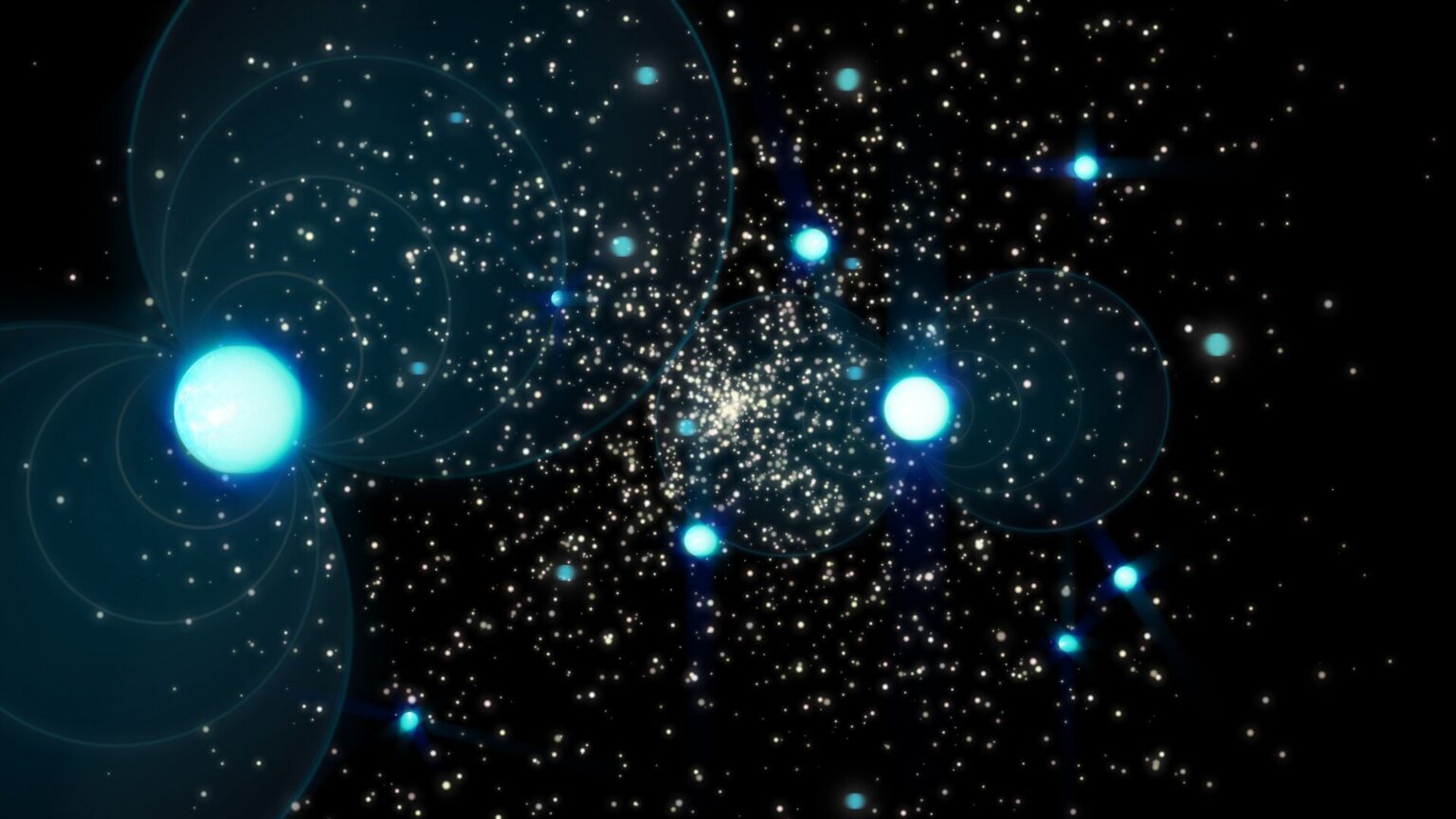Using a radio telescope, astronomers have discovered 10 new pulsars in the globular cluster Terzan 5. Many of them are very bizarre and form amazing binary systems.

New neutron stars
At the center of our Milky Way galaxy, in the constellation Sagittarius, astronomers have discovered 10 terrifying neutron stars. These objects, called pulsars, are found together in the globular cluster Terzan 5, a crowded home for hundreds of thousands of different types of stars. A paper on this was published in the journal Astronomy & Astrophysics.
Pulsars are millions (or even billions) of times denser than other stars and spin rapidly, emitting bright pulses of light from their strong magnetic fields, making them a beacon for astronomers searching for them. In the Terzan 5 cluster, one of the most crowded places in our Milky Way, many pulsars have evolved into rather bizarre shapes.
Astronomers were already aware of the presence of 39 pulsars in the Terzan 5 cluster. A collaboration between the U.S. National Science Foundation National Radio Astronomy Observatory (NSF GBT) and the South African Radio Astronomy Observatory’s MeerKAT telescope has added 10 more.
Strange pulsars
“It’s very unusual to find exotic new pulsars. But what’s really exciting is the wide variety of such weirdos in a single cluster,” shared Scott Ransom, a scientist at the U.S. National Science Foundation National Radio Astronomy Observatory (NSF NRAO). The discovery was made by an international team of astronomers from NSF NRAO, the Max Planck Institute for Gravitational Physics (Albert Einstein Institute) (AEI) and the Max Planck Institute for Radio Astronomy.
The Meerkat telescope was able to determine the approximate location of each pulsar by tracking and determining their rotation rates, comparing this to twenty years of NSF GBT observations of Terzan 5, which revealed the bizarre and eccentric details of these stars.
Among the discoveries, astronomers saw two probable neutron stars attracted to each other’s orbit as a binary system. Of the 3,600 known pulsars in the galaxy, only 20 have been identified as binary neutron stars.
Binary pulsar systems
When pulsars merge into doubles, the gravitational attraction from one to the other can steal material and energy, causing one of them to spin even faster, becoming a millisecond pulsar. The pair could be a record-breaker, gaining a new contender for the fastest spinning pulsar in a binary neutron star system and the longest orbit of its kind.
Astronomers have also observed three new rare binary systems of spider pulsars (in addition to the five already known in the cluster), which are called “Redbacks” or “black widows,” depending on the types of companion stars they have. The companion star falls into the orbit of the spider pulsar, where a web of plasma fills the space between them (caused by the outflow of energy from the companion star due to the pulsar’s energy), slowly dissolving the companion over time.
The discovery of these strange pulsars allows scientists to better understand globular clusters, neutron stars, and even test Einstein’s theory of general relativity, as well as expand what is known about the categories of pulsars. The research team is already planning to find more on Terzana 5 with the support of volunteers.
According to phys.org


